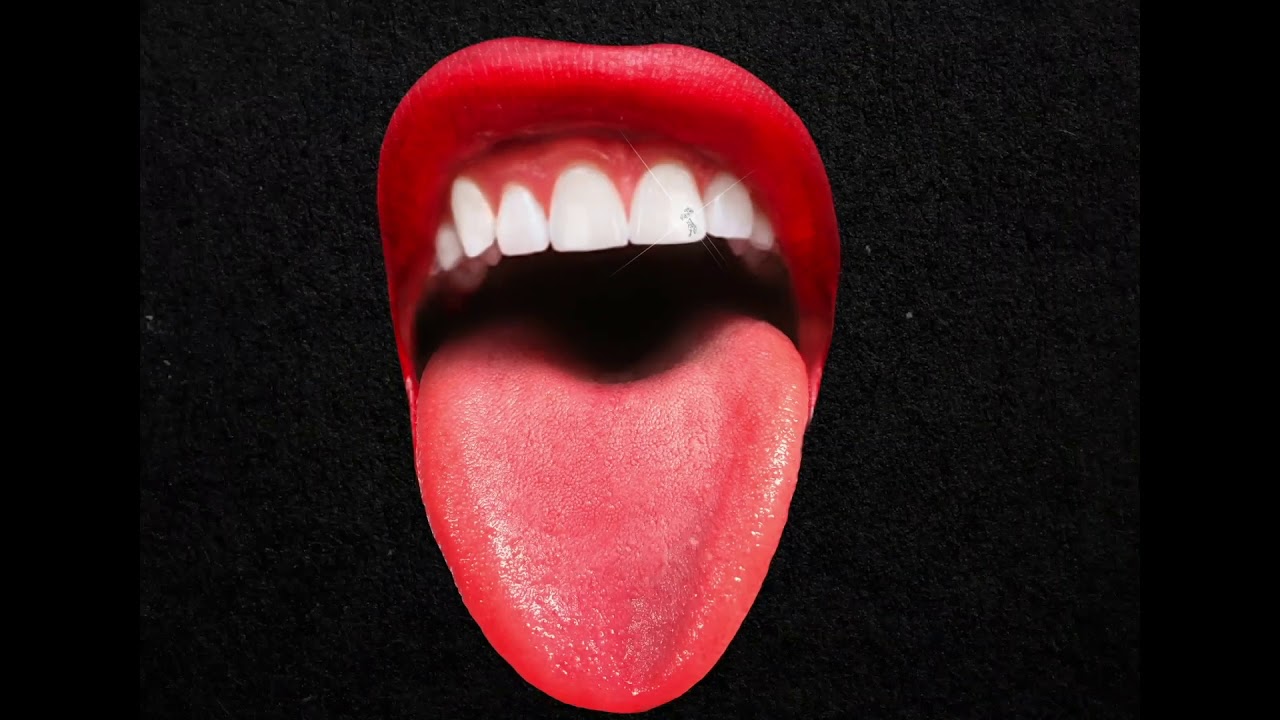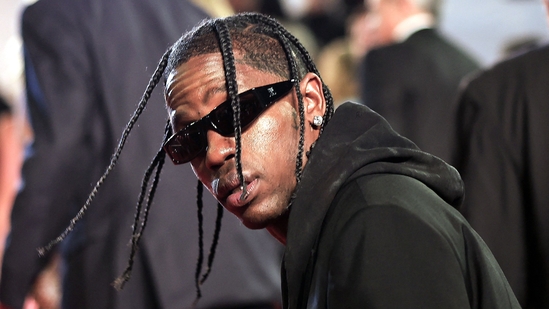Hip-hop has not only transformed music but also reshaped how success is measured on the charts. Since its rise in the late 20th century, hip-hop has disrupted traditional industry norms, leading to significant changes in how Billboard and streaming platforms rank songs. The genre’s evolution, driven by cultural influence, digital consumption, and innovative marketing, has set new benchmarks in the music industry.
Once considered an underground movement, hip-hop now dominates global music charts. From record-breaking album sales to streaming supremacy, its impact has been undeniable. This genre has redefined what it means to be a chart-topping artist, influencing not only rankings but also how artists engage with audiences. Let’s explore four key ways hip-hop has revolutionized music charts forever.
1. The Rise of Streaming and Chart Domination
Hip-hop’s dominance coincided with the rise of digital streaming platforms. With platforms like Spotify, Apple Music, and YouTube shaping music consumption, hip-hop artists leveraged streaming to break traditional barriers. Unlike radio and CD sales, streaming democratized access, allowing independent and unsigned artists to climb the charts purely through digital plays.
Billboard adapted its ranking system to include streaming data, which played into hip-hop’s strengths. Artists like Drake, Travis Scott, and Cardi B consistently break streaming records, making hip-hop the most streamed genre worldwide. The ability to rack up billions of plays has given hip-hop a unique advantage, allowing artists to achieve chart success without heavy reliance on radio airplay or physical album sales.
2. Viral Hits and Social Media Influence
The way hip-hop engages audiences has forever changed how songs climb the charts. Platforms like TikTok, Instagram, and Twitter have become crucial for chart success, and hip-hop artists are masters of this digital terrain. Viral challenges and dance trends have propelled songs to the top, sometimes even before they hit traditional airwaves.
Songs like Lil Nas X’s “Old Town Road” and Megan Thee Stallion’s “Savage” gained traction through viral memes and TikTok challenges, leading to extended chart runs. The engagement-driven nature of social media allows hip-hop tracks to gain organic popularity, often influencing chart placements before record labels even push them. This shift has forced chart ranking systems to account for online engagement, further solidifying hip-hop’s dominance.

3. Independent Artists Thriving Without Labels
Hip-hop has redefined the need for major record labels. While traditional music charts once favored label-backed artists with massive promotional budgets, hip-hop’s DIY culture has allowed independent artists to achieve mainstream success.
Artists like Chance the Rapper, Russ, and Nipsey Hussle have reached the top of the charts without signing major record deals. Digital distribution, streaming revenue, and direct-to-fan marketing strategies have enabled artists to bypass gatekeepers. Billboard and other chart-ranking platforms have had to recognize this shift, adjusting their models to include independent streams, downloads, and social engagement as valid indicators of success.

4. Billboard’s Rule Changes to Keep Up with Hip-Hop
Due to hip-hop’s influence, Billboard and other chart-tracking organizations have revised their ranking criteria multiple times. One of the most significant shifts came with the inclusion of streaming numbers alongside traditional sales and radio play.
Hip-hop artists often release multiple remixes, deluxe editions, and bundle deals, which previously helped them dominate the charts. Billboard has since adjusted rules to limit the impact of merchandise bundles and track equivalent album sales more accurately. These changes are a direct response to how hip-hop artists innovate chart performance strategies, proving the genre’s lasting influence on the industry’s ranking systems.


